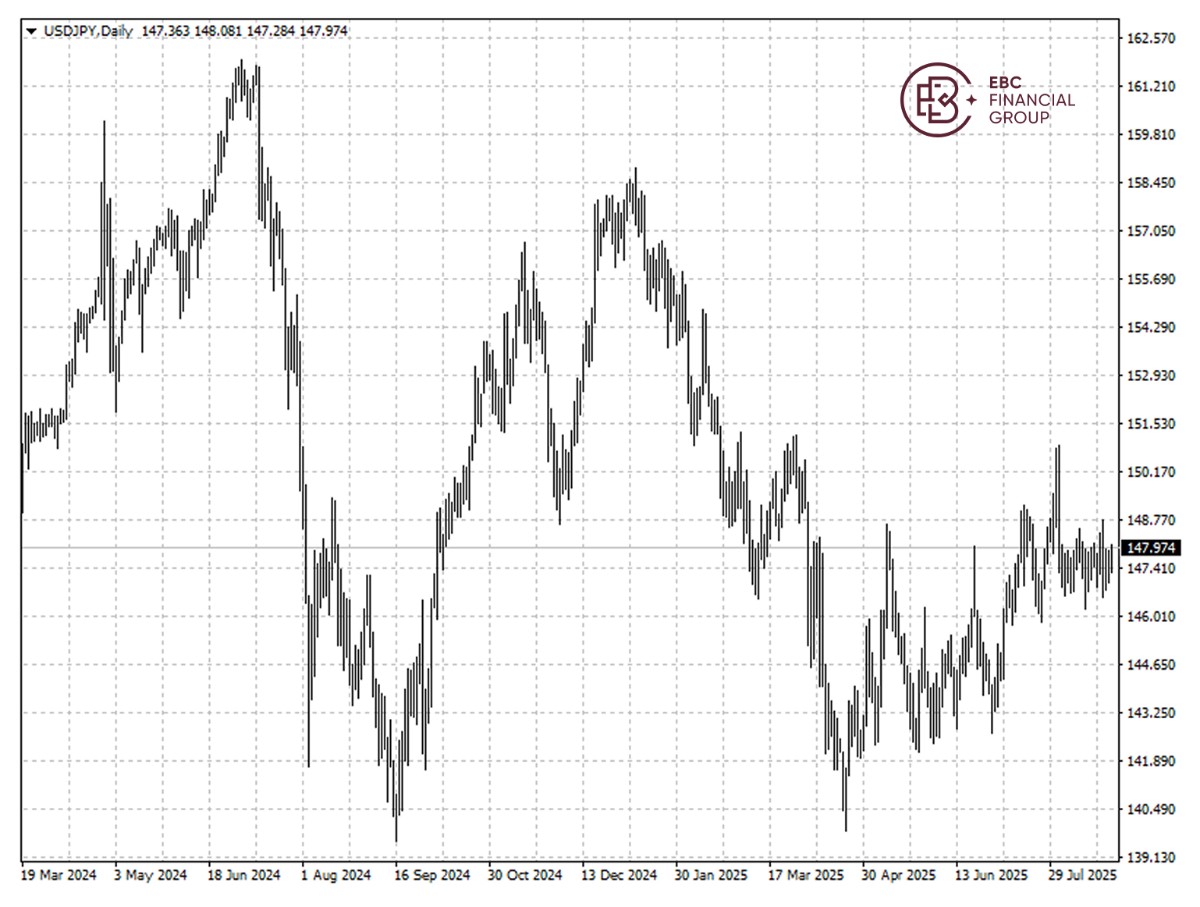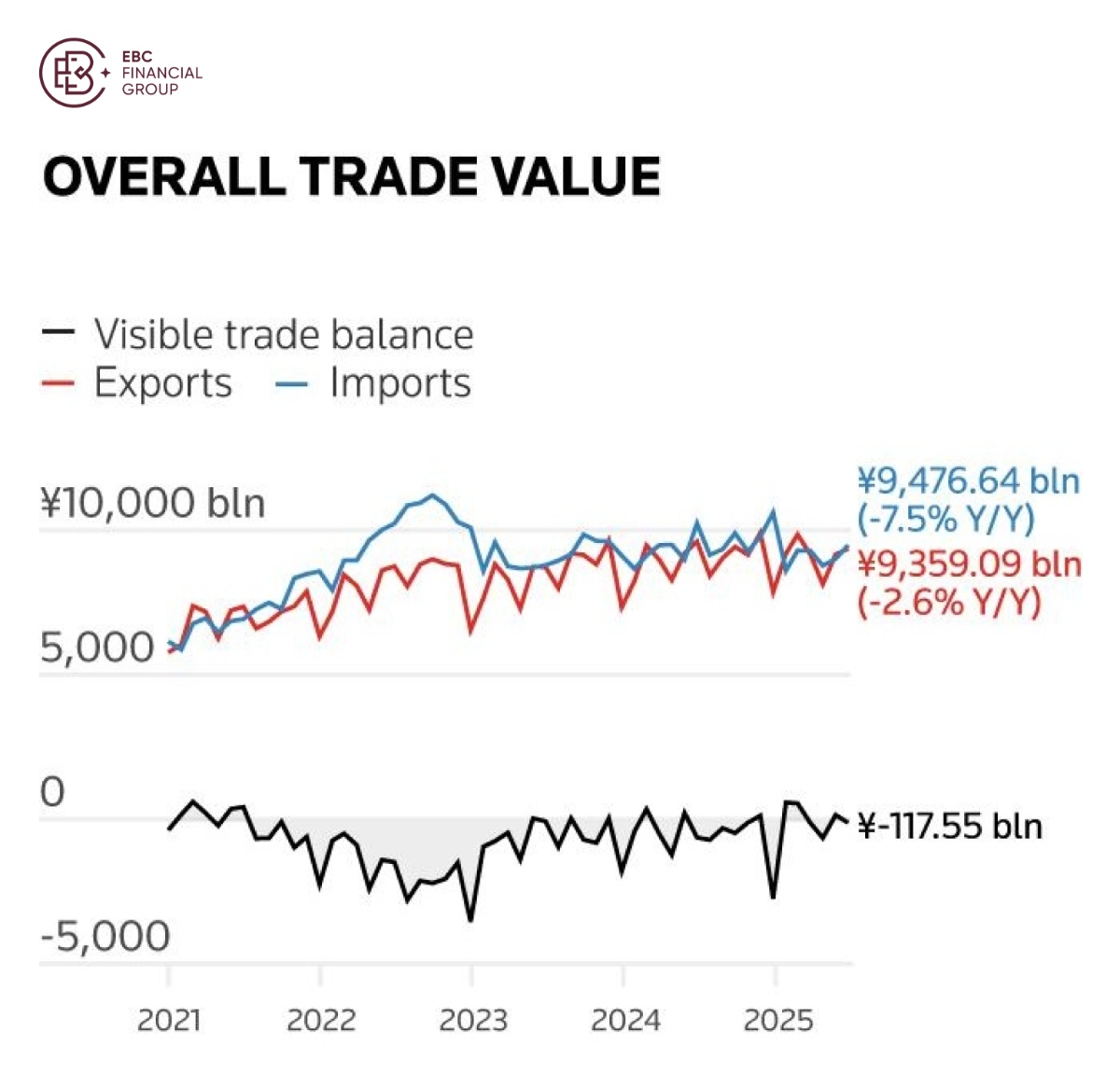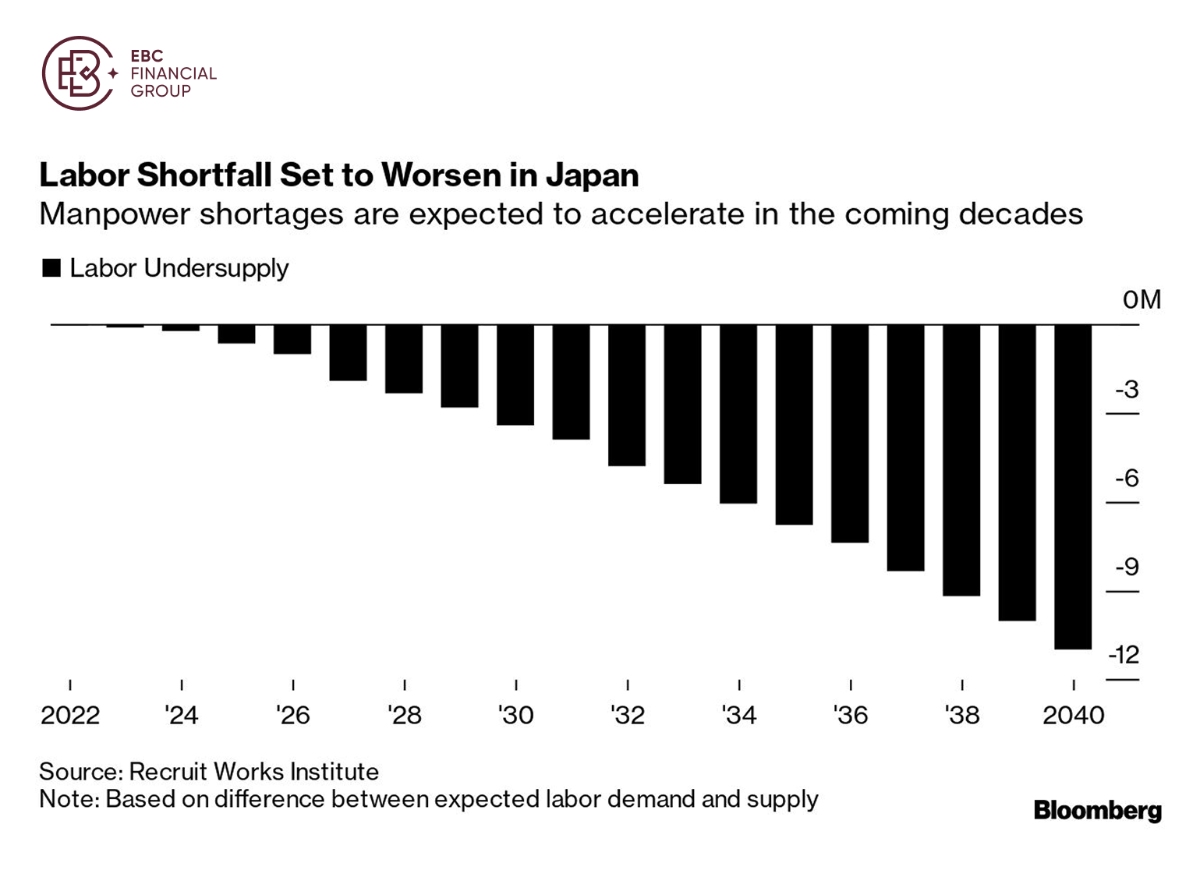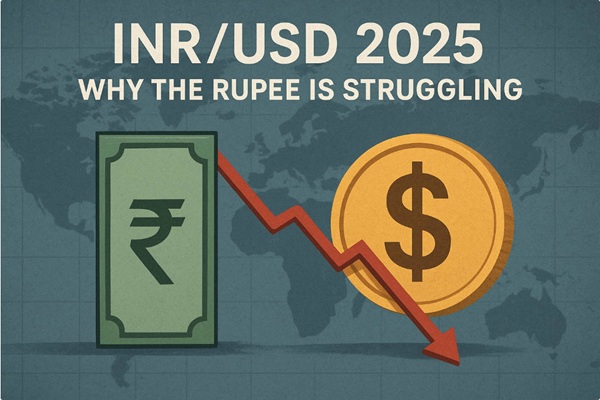The yen has been moving sideways so far this month as inflation expectations
helps offset tariff jitters. The benchmark 10-year yield reached a 17-year high
earlier this week, partly due to outflow to stocks.

In a rare move, investors are getting so desperate to lighten their holdings
of Japanese government bonds that some are willing to sell the securities at a
discount to the central bank.
The former Shinzo Abe blasted then central bank governor Masaaki Shirakawa
for doing too little to beat deflation It seems the other way around now as real
wage has been stuck in a downward spiral.
Core inflation rate cooled to 3.1% in July, coming down from 3.3% the month
before as rice inflation continued to ease - the 40th straight month that it was
above the 2% target.
The BOJ upgraded its inflation forecasts in its economic outlook report
released in July, saying that core inflation would come in at 2.7% for its 2025
fiscal year which ends March 2026.
Governor Kazuo Ueda said in Jackson Hole that wage hikes are spreading beyond
large firms and likely to keep accelerating due to a tightening job market,
signalling willingness to resume rate hike.
Nearly two-thirds of economists polled by Reuters in August expect
policymakers to raise its key interest rate by at least 25 bps again later this
year, up from just over half a month ago.
Puzzle of trade
Japan's exports posted the biggest monthly drop in about four years in July,
government data showed, as higher tariffs caused a slump in shipment to one of
its major trade partners - the US.

The reading marks a third straight month of decline. However, car exports
fell just 3.2% in volume terms, suggesting price cuts and efforts to absorb
additional tariffs have come off.
Meanwhile, total imports dropped 7.5% from a year earlier, resulting in a
deficit of 117.5 billion yen, compared with forecasts for 196.2 billion. That
pains a mixed picture of economic conditions.
GDP expanded 1.2% in Q2 on an annual basis, outpacing forecast due to
resilience in exports. Throughout the quarter, Japan bore the brunt of the 25%
duties on its key car industry.
Notably the country reached a trade deal with the US last month with the
"reciprocal" tariff rate set at 15%. Washington will implement the lower rate on
Japanese carmakers in mid-September, US sources say.
That means the BOJ can hardly measure its impacts before Q4. Senior economist
Masato Koike at Sompo Institute Plus said in a note earlier this month that a
recession could lie ahead.
Personal consumption is likely to continue on an upward trend as real wages
recover on the back of wage increases, he said, but the trend will likely be
short-lived if wage hike is constrained by higher tariffs.
Turn right
The ruling LDP is considering postponing the completion of its review of the
results of last month's parliamentary election to early September from this
month, people familiar with the matter said Thursday.
The extension may affect efforts by some in the party to oust Ishiba as the
LDP is expected to consider whether to hold an early presidential election after
the review concludes.
The biggest winners in the latest election were two far-right parties that
did not exist five years ag, having made broader inroads among younger voters,
who were drawn by their pledges to lift wages and curb foreign workers.
That has raised the question if the global wave of anti-establishment
political movements has finally reached the country. Unfortunately, a potential
pivot towards "Japan first" will only intensify price crisis.
Two-thirds of Japanese companies are experiencing a serious business impact
from a shortage of workers, a Reuters survey showed in January, as the country's
population continues to shrink and age rapidly.
Labour shortages, particularly among non-manufacturers and small firms, are
reaching historic levels, the government has said, stoking concerns that this
supply-side constraint could stifle economic growth.

Yens risk are skewed towards the downside as the BOJ tends to hold off on
action in the near future. Further down the line, persistent political mayhem in
the post-Abe era will also deter speculative buyers.
Disclaimer: This material is for general information purposes only and is not
intended as (and should not be considered to be) financial, investment or other
advice on which reliance should be placed. No opinion given in the material
constitutes a recommendation by EBC or the author that any particular
investment, security, transaction or investment strategy is suitable for any
specific person.























